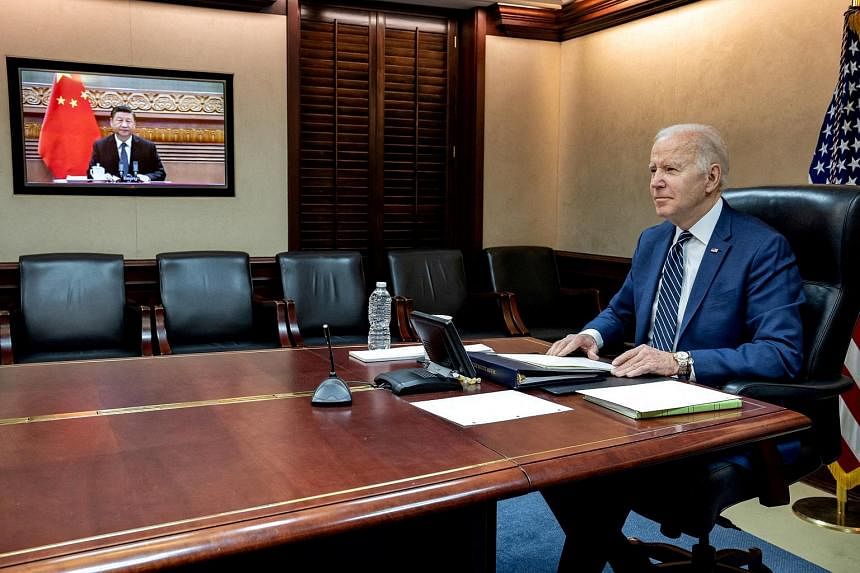(FINANCIAL TIMES) - Whatever Russia does in Ukraine, the China threat is still US President Joe Biden's priority - he has made that plain. What he is reluctant to broadcast, however, is that America is approaching the China duel with one arm tied behind its back. The United States is happy to boost its military budget, send more ships to the South China Sea and launch nuclear submarine deals with Australia. Perish the thought, however, of taking serious economic initiatives with the world's most dynamic region.
The stark imbalance of Mr Biden's China policy will come to the fore this week when he visits South Korea and Japan. It follows his summit last week with Asean leaders, where the US announced a modest US$150 million (S$208 million) fund for maritime security, clean energy and anti-corruption initiatives. This nugatory wish list amounts to a few days of Chinese investment in its Belt and Road Initiative - or about two hours' worth of Pentagon spending.
Already a subscriber? Log in
Read the full story and more at $9.90/month
Get exclusive reports and insights with more than 500 subscriber-only articles every month
ST One Digital
$9.90/month
No contract
ST app access on 1 mobile device
Unlock these benefits
All subscriber-only content on ST app and straitstimes.com
Easy access any time via ST app on 1 mobile device
E-paper with 2-week archive so you won't miss out on content that matters to you

